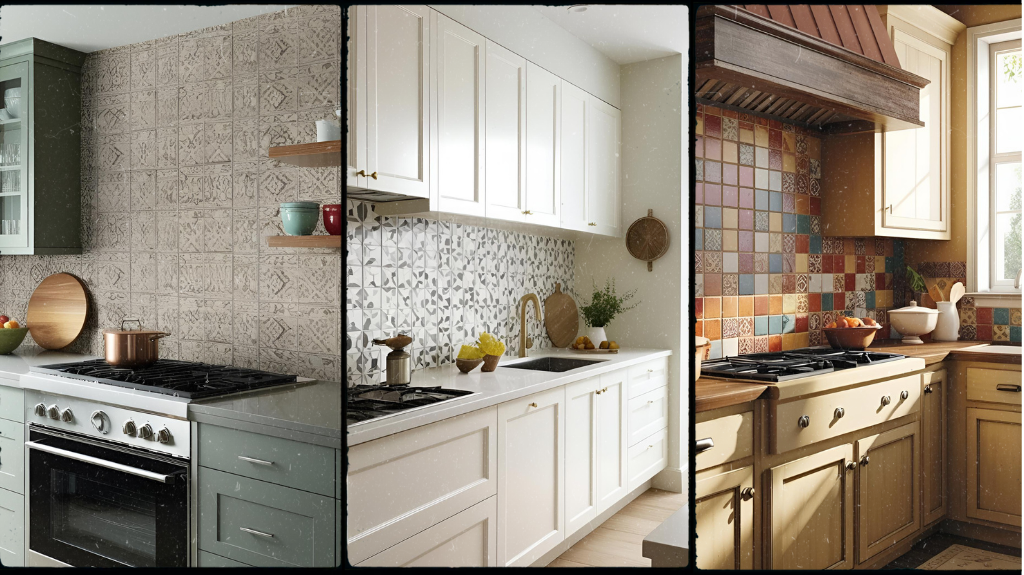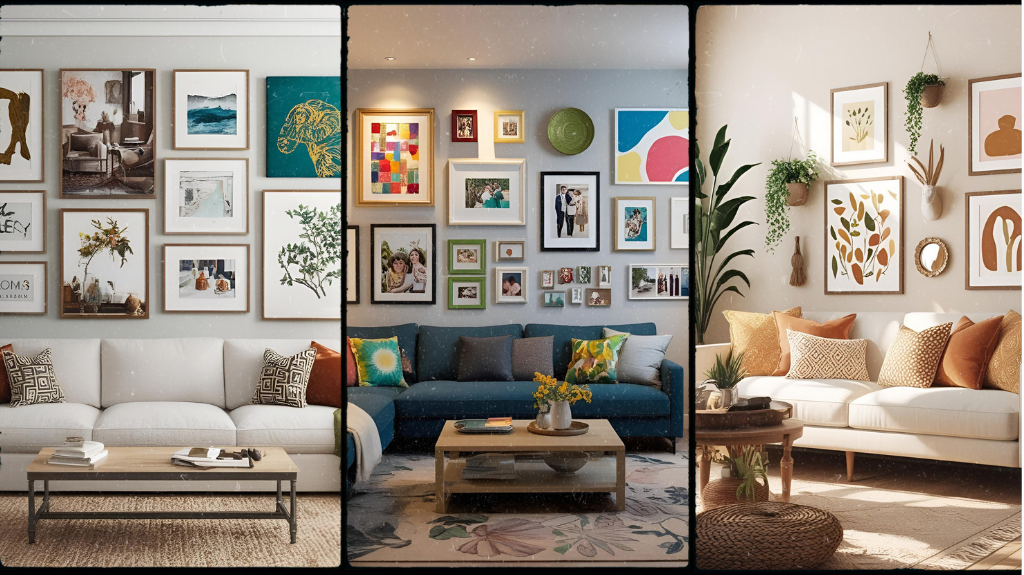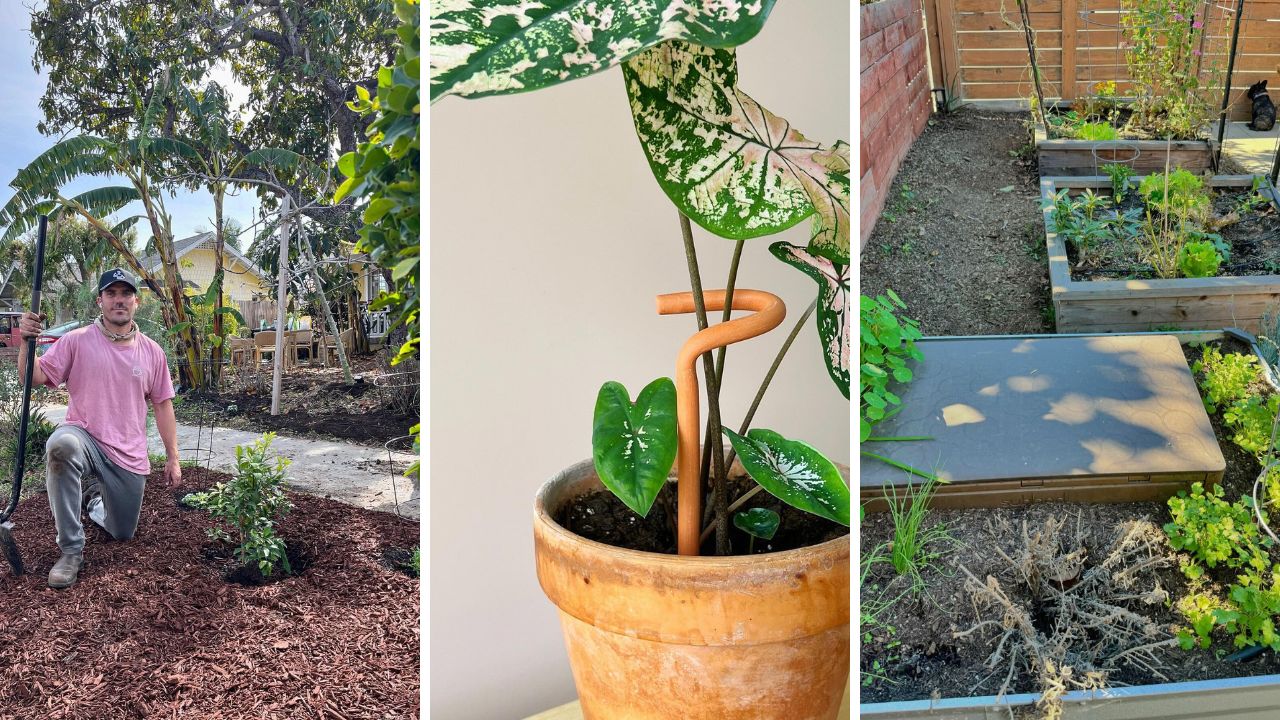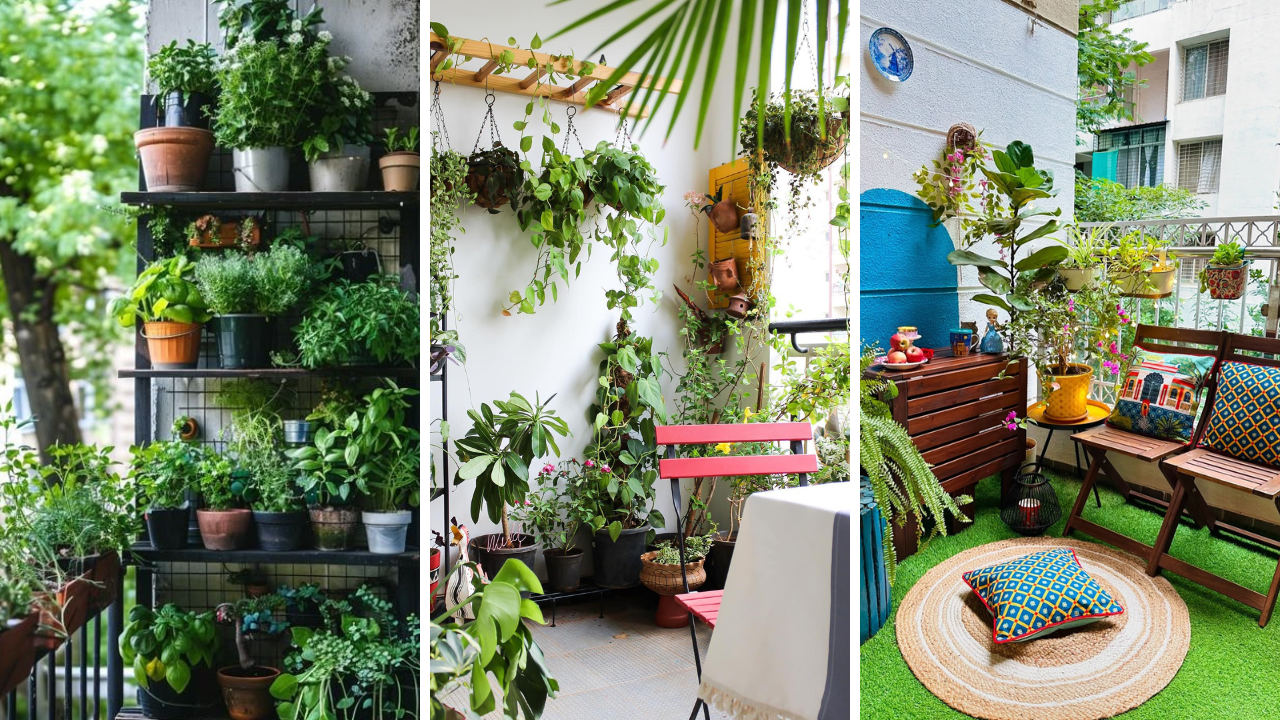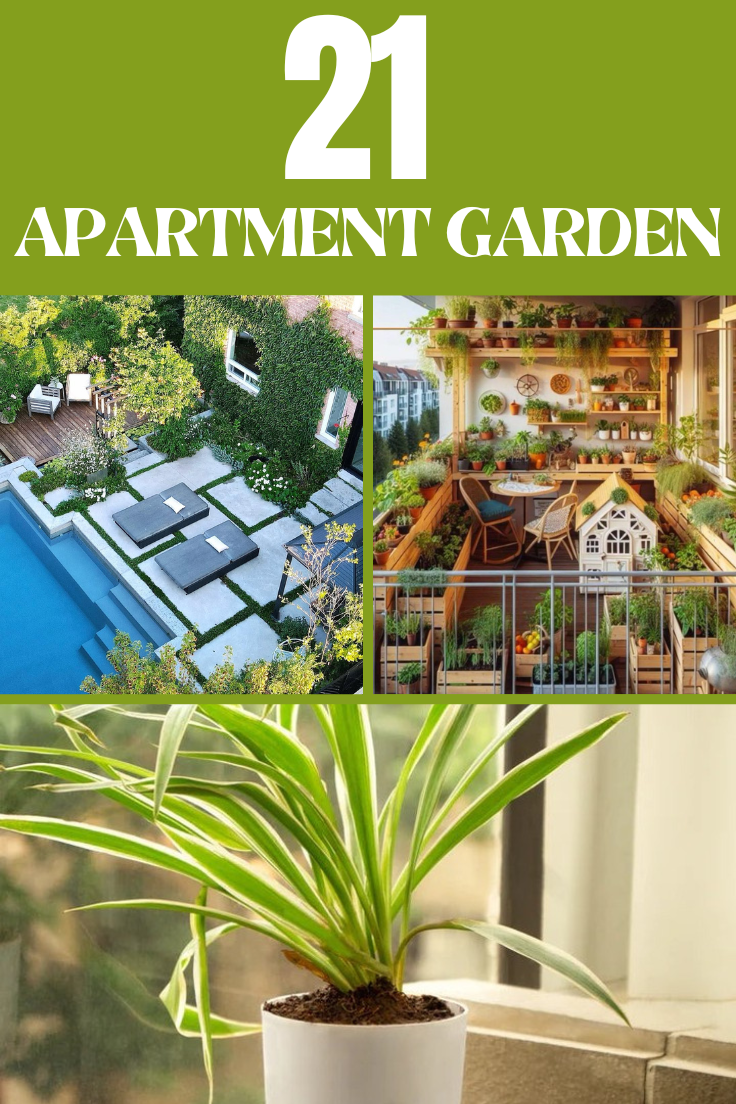
Many people dream of having a lush, thriving garden but assume it’s impossible when living in an apartment. You may have heard that apartment gardens don’t work, plants won’t survive indoors, or that you need a big backyard to grow anything worthwhile. These myths prevent countless people from starting their own green space. The truth is, with the right knowledge, even the smallest apartment can become a gardener’s paradise. Whether you have a tiny balcony, a sunny windowsill, or just a corner in your living room, you can grow herbs, vegetables, and flowers effortlessly. In this article, we will debunk 21 of the most common apartment gardening myths and give you practical solutions, including some must-have tools and products to help your indoor garden flourish.
1. You Need a Large Outdoor Space to Have a Garden
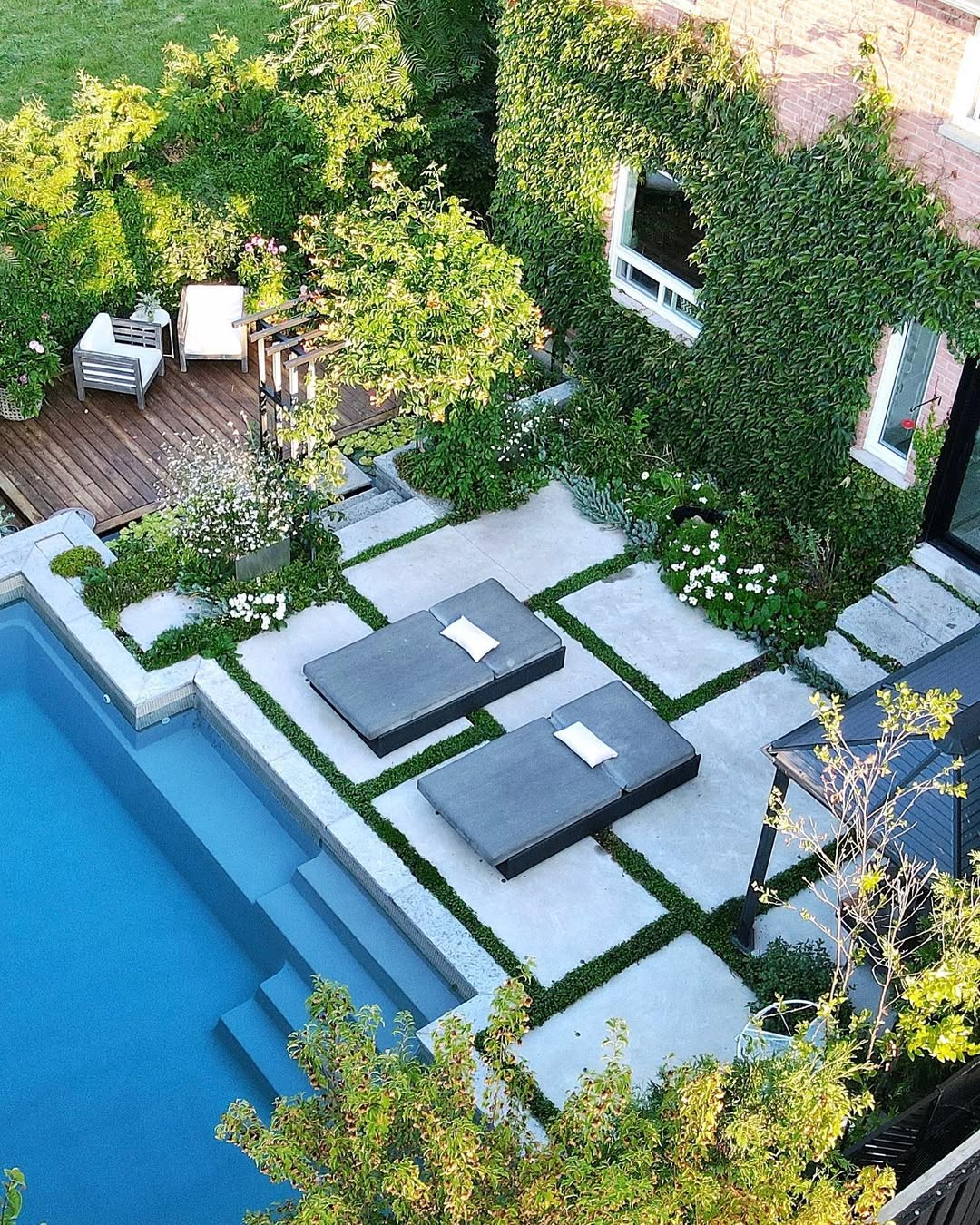
source @ladylandscape
Many people believe that without a backyard or a large patio, growing plants is impossible. However, urban gardening has evolved, and now you can grow a wide variety of plants even in the smallest spaces. Hanging planters, vertical gardens, hydroponic systems, and container gardening allow you to cultivate everything from flowers to vegetables, regardless of your space limitations. With a bit of creativity and proper plant selection, your tiny balcony or even a sunny window can become a lush garden.
2. Apartment Gardens Don’t Produce Enough to Be Worth It
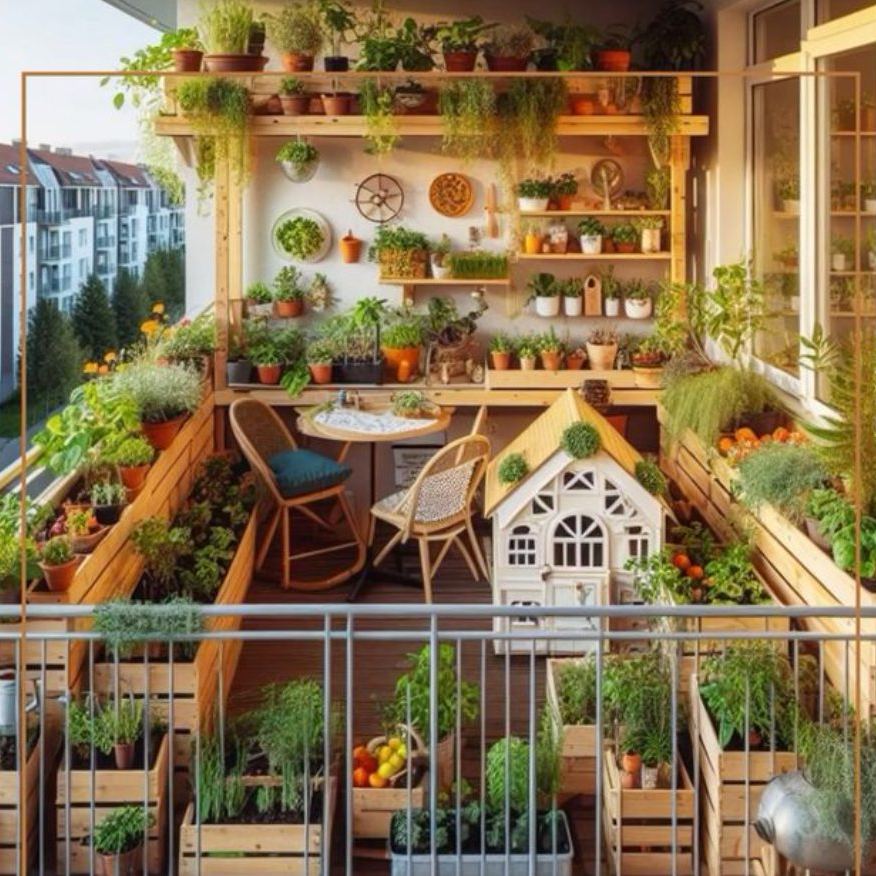
source @urbangreenfarms
Some believe that an apartment garden is just for decoration and won’t provide anything useful. However, many apartment dwellers successfully grow herbs, microgreens, tomatoes, and even dwarf fruit trees, significantly reducing grocery bills. While you may not be able to grow everything you need, supplementing your meals with homegrown produce adds freshness and quality to your diet.
3. Indoor Plants Need Daily Watering
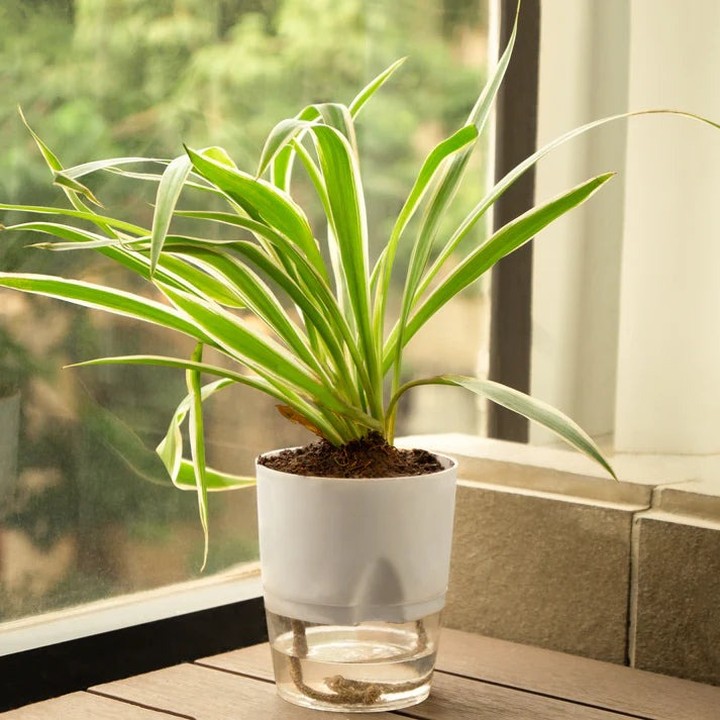
source @greenery.pk_
Overwatering is a common mistake that kills more plants than underwatering. Not all plants need daily watering, and many thrive on a schedule of once or twice a week. The key is understanding each plant’s specific needs. Some plants, like succulents, only need watering every few weeks, while others, like ferns, prefer consistently moist soil. A self-watering planter can take the guesswork out of plant care, ensuring your plants get just the right amount of hydration.
4. You Can’t Grow Vegetables Indoors
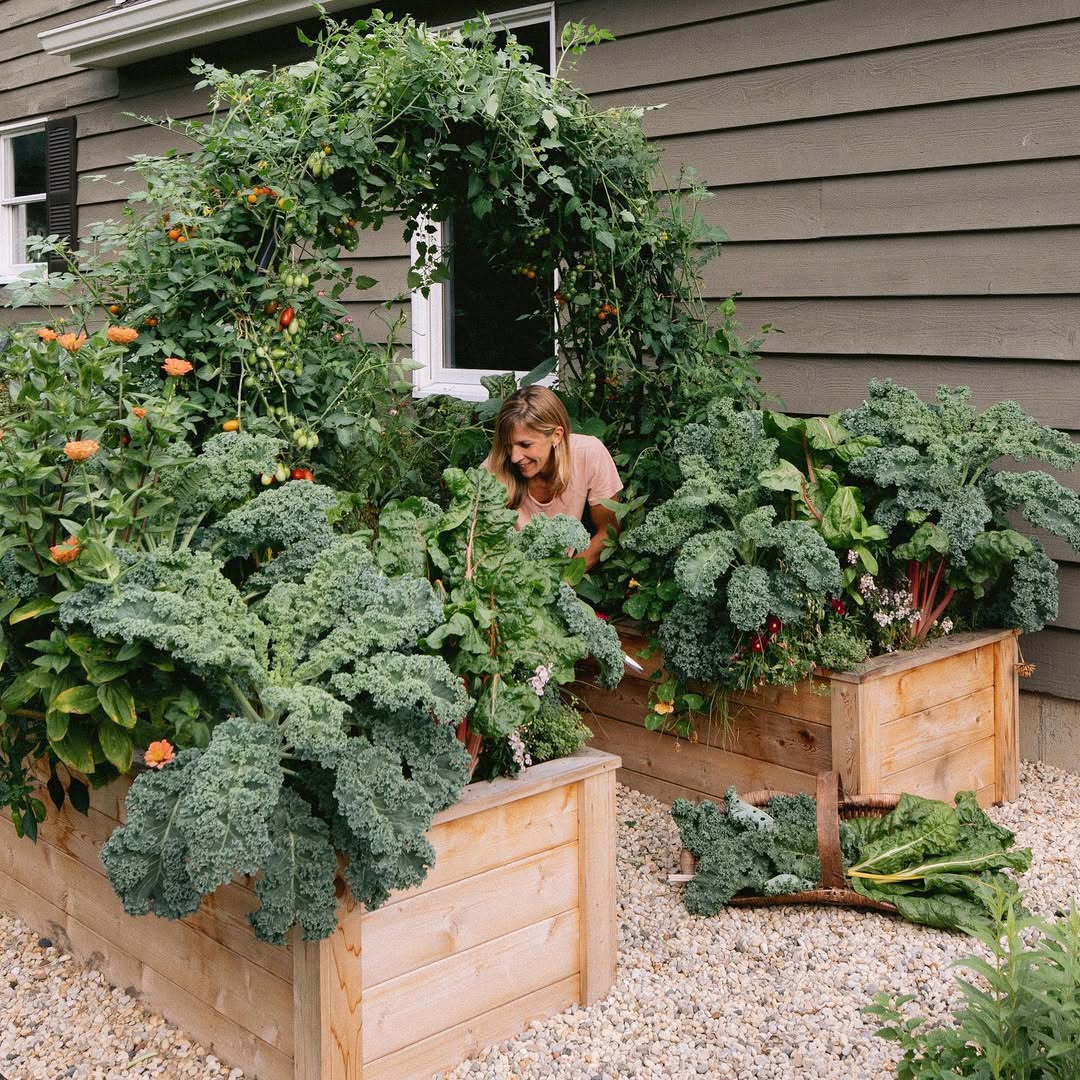
source @gardenaryco
Many people believe that growing vegetables requires an outdoor garden, but this couldn’t be further from the truth. Many vegetables thrive indoors, provided they receive adequate light and proper care. Leafy greens like lettuce, spinach, and kale are excellent choices for indoor growing, as they don’t require deep soil or direct sunlight all day. Small fruiting plants like cherry tomatoes and peppers can also grow successfully in containers with the help of a grow light. If space is an issue, hydroponic kits offer a soil-free way to grow fresh produce right in your kitchen. With the right setup, you can enjoy homegrown vegetables all year long, even in a small apartment.
5. Artificial Light Won’t Work for Plants
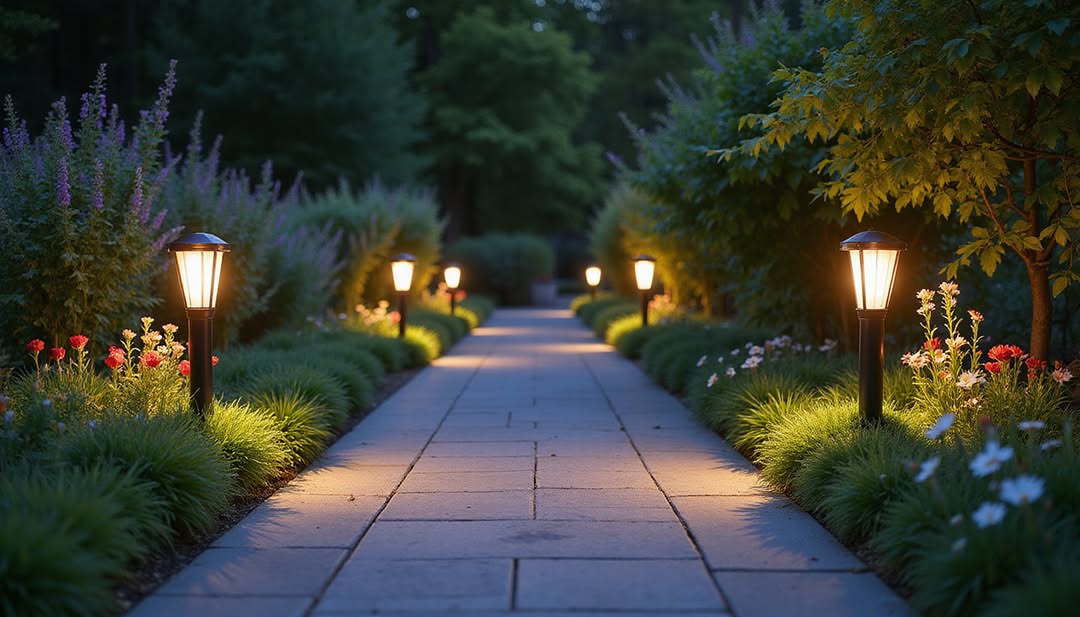
source @futurelightsa
It’s a common misconception that plants can only survive under natural sunlight. While natural light is beneficial, modern LED grow lights are designed to provide the full spectrum of light needed for photosynthesis. Many indoor gardeners use these lights to supplement natural light or even replace it entirely in spaces with limited sunlight. High-quality grow lights, such as full-spectrum LED panels, can support everything from leafy greens to flowering plants. They are energy-efficient, easy to set up, and allow you to grow a thriving indoor garden no matter where you live.
6. Soil from Outside is Fine for Indoor Plants
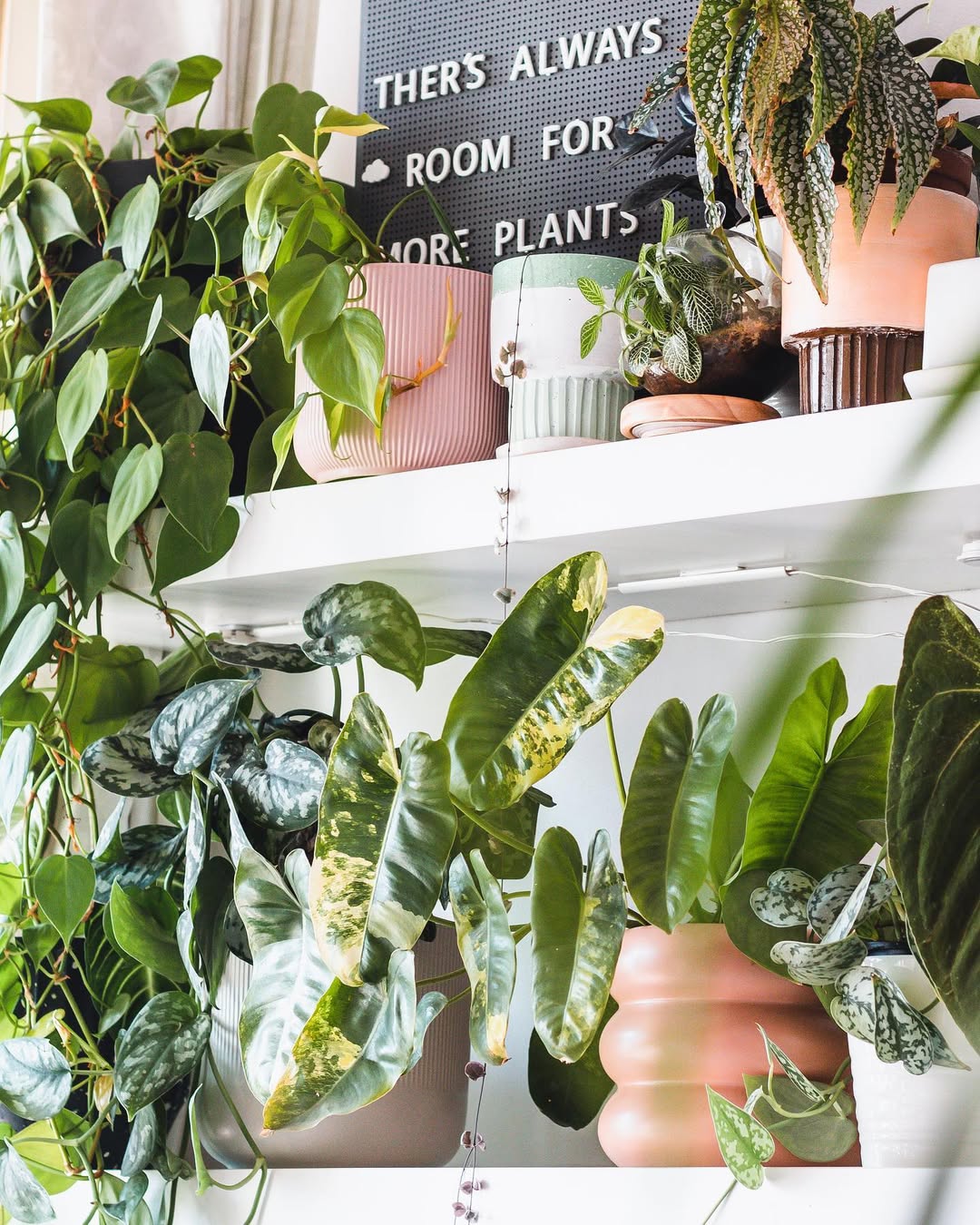
source @plantastic_sanni
Using outdoor soil in your apartment garden may seem like a budget-friendly idea, but it can lead to multiple problems. Outdoor soil is often too dense for potted plants, leading to poor drainage and root rot. Additionally, it may contain pests, bacteria, or weed seeds that could spread inside your home. Instead, invest in a high-quality potting mix that is lightweight, well-aerated, and formulated with the right nutrients for container gardening. Some potting mixes even contain moisture control elements to prevent overwatering, ensuring healthier plants with less effort.
7. Succulents Are the Easiest Plants to Grow
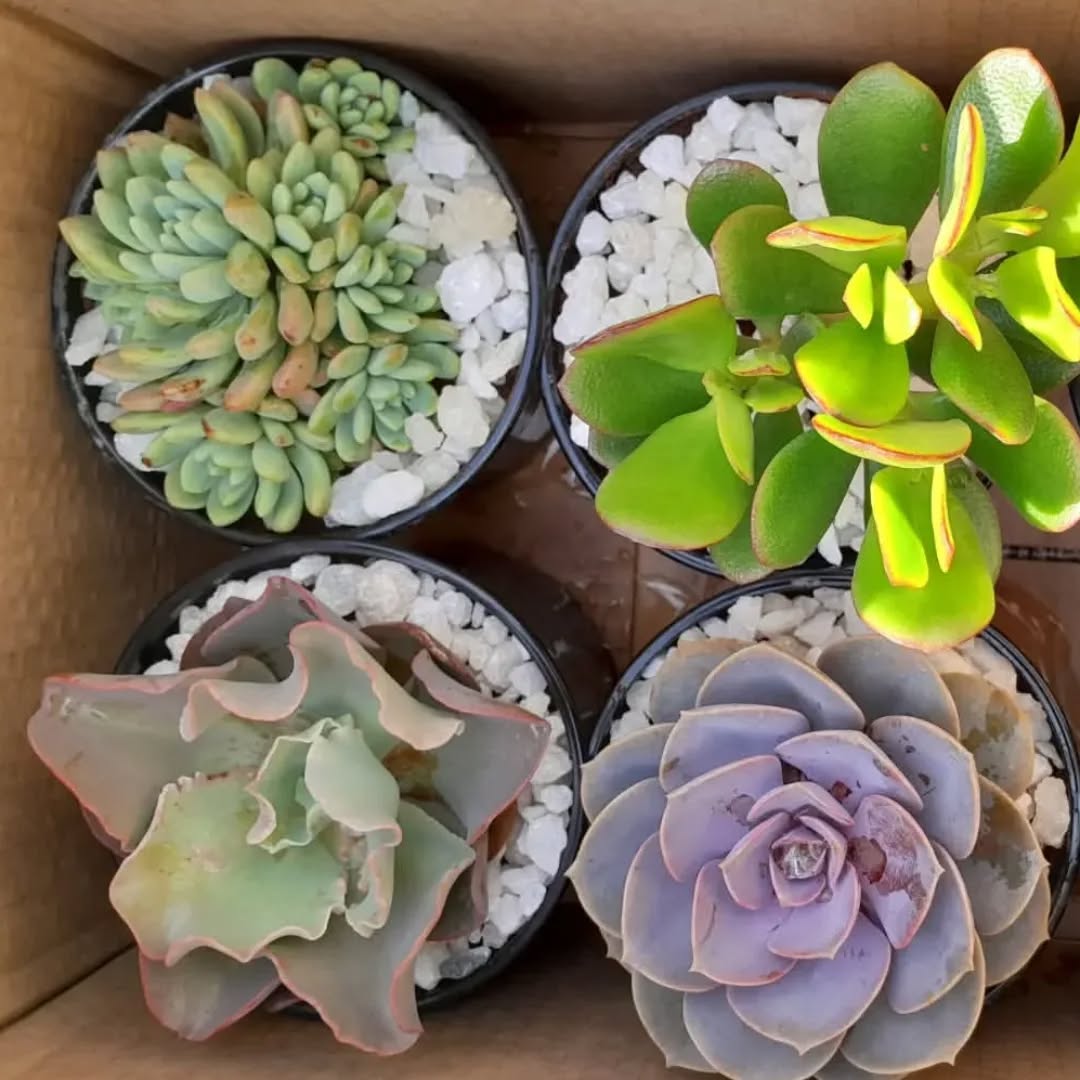
source @dailyplants_ke
Succulents are often advertised as low-maintenance, but they are not necessarily the easiest plants to care for. They require bright, indirect light, well-draining soil, and careful watering schedules. Overwatering is one of the most common mistakes with succulents, leading to root rot. If your apartment doesn’t receive enough sunlight, your succulents may stretch out and lose their compact shape. While they are a great choice for beginners, they still need proper care and attention to thrive.
8. You Can’t Compost in an Apartment
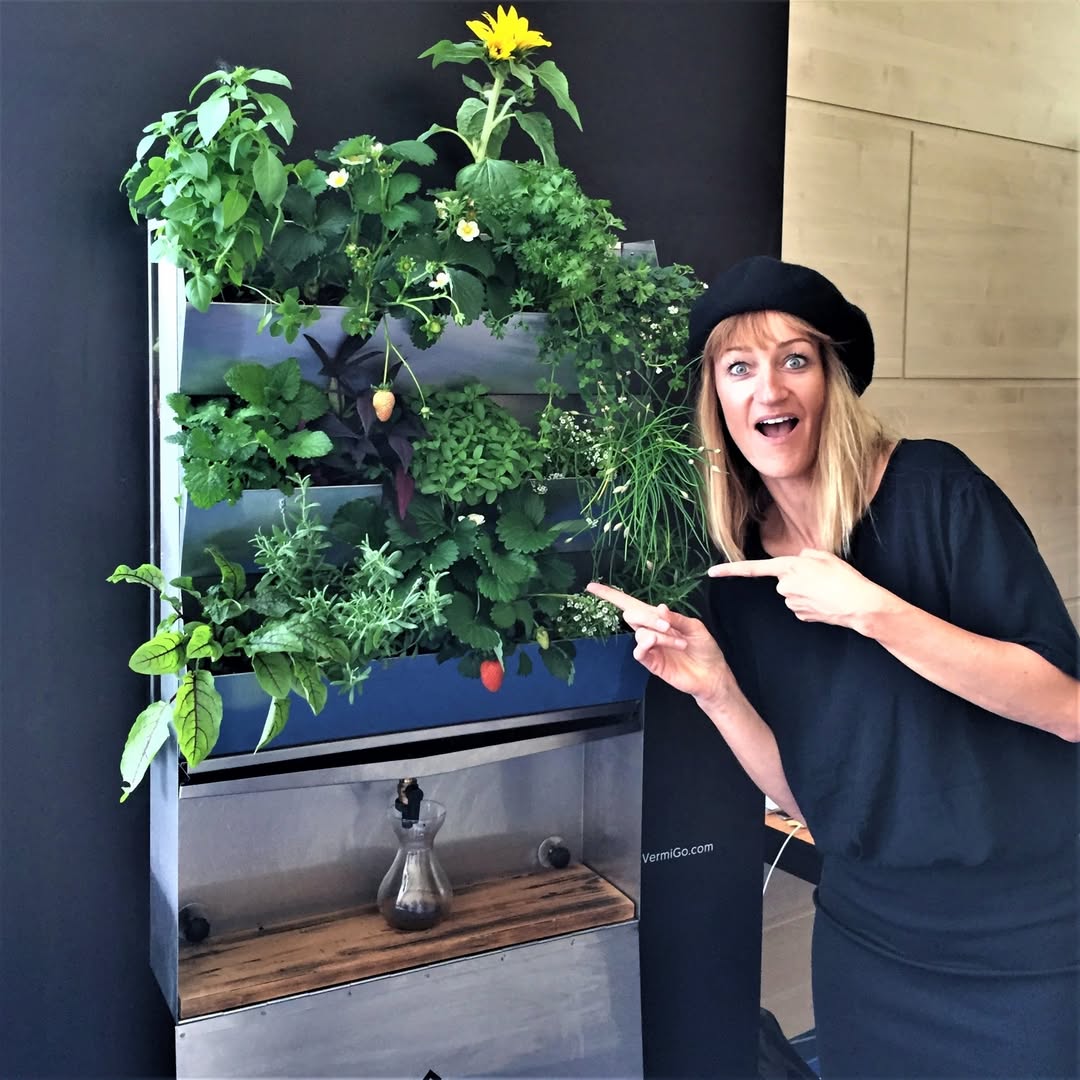
source @zerowastehome
Many people think composting is only for those with large backyards, but compact composting systems make it easy for apartment dwellers to reduce food waste. Worm composting (vermicomposting) is a great solution that is odor-free and produces nutrient-rich compost for your indoor plants. Bokashi bins are another excellent option, allowing you to ferment food scraps in a small, airtight container before adding them to your soil. These methods are easy to maintain, environmentally friendly, and perfect for small-space gardeners.
9. More Fertilizer Means Faster Growth
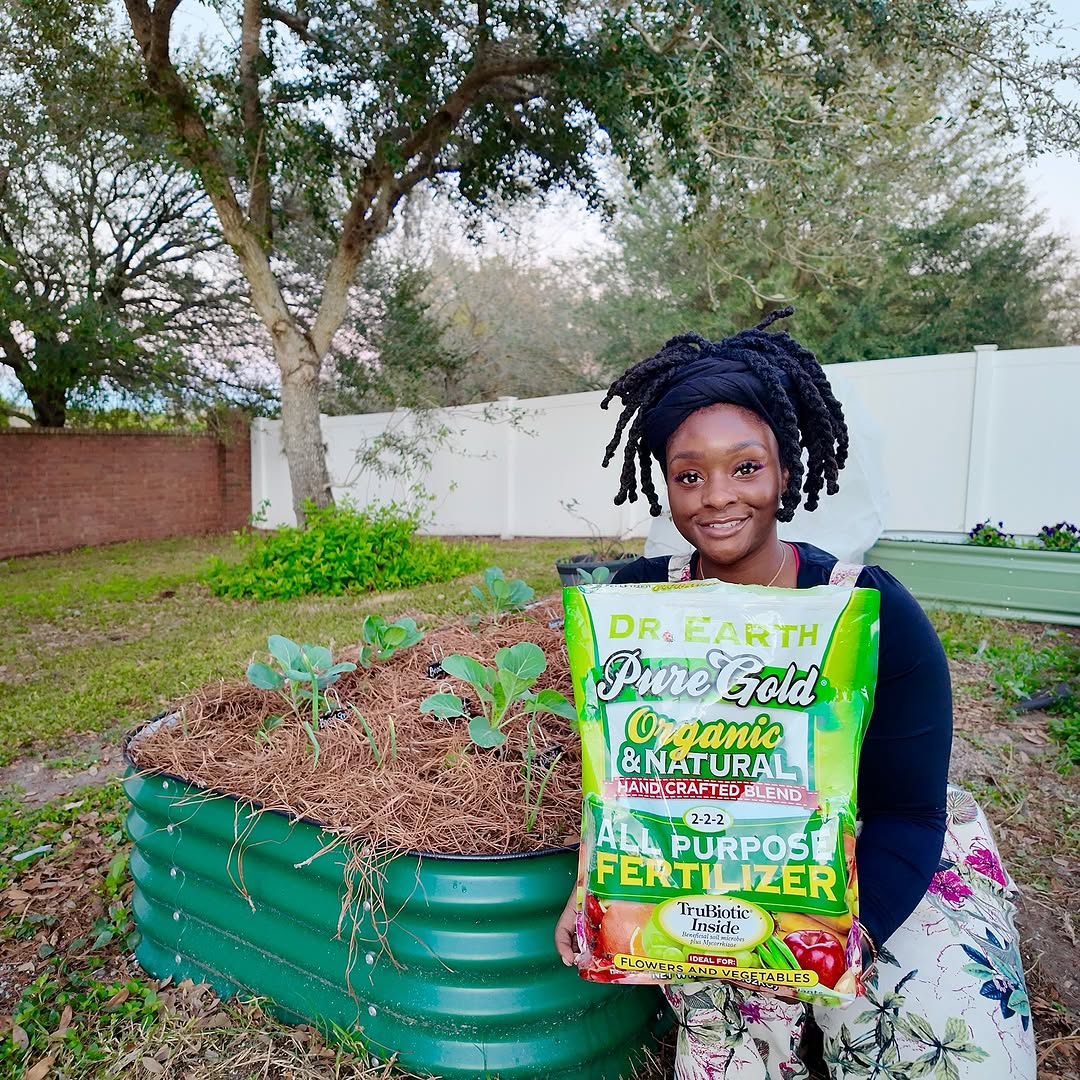
source @pharmunique
Some plant owners assume that adding more fertilizer will result in faster, bigger plants, but this can do more harm than good. Over-fertilizing can lead to nutrient imbalances, leaf burn, and weakened roots. Different plants require different feeding schedules, and too much fertilizer can cause salt buildup in the soil, making it harder for plants to absorb water. A balanced approach—using organic, slow-release fertilizers or liquid plant food at the right intervals—ensures steady, healthy growth.
10. Growing Herbs in the Kitchen is Easy
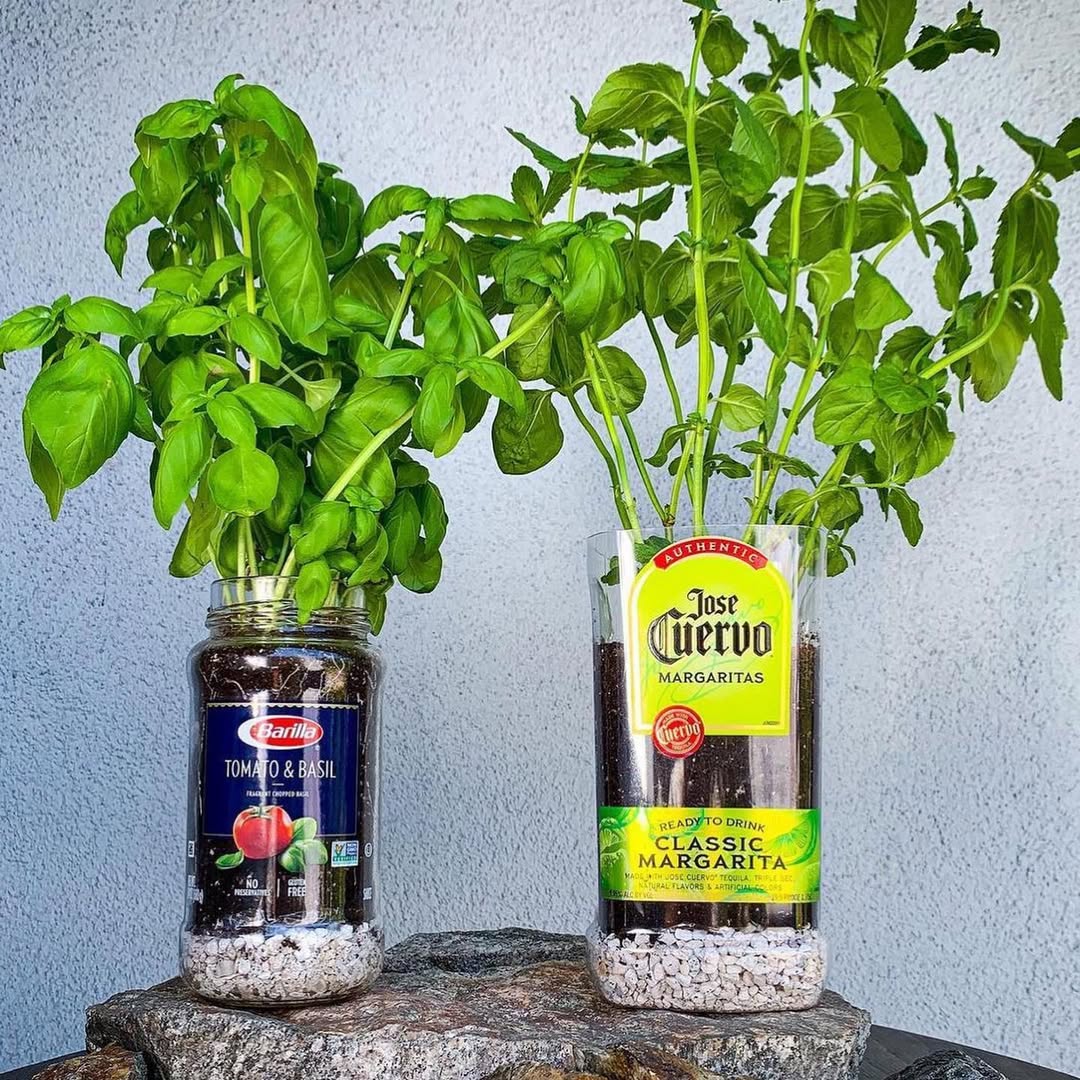
source @feeding.vegans
The idea of having fresh herbs within arm’s reach while cooking is appealing, but many people struggle to keep their kitchen herb gardens alive. Most herbs need good air circulation, well-draining soil, and plenty of sunlight to thrive. If your kitchen lacks sufficient natural light, consider placing your herbs near a south-facing window or supplementing them with a small grow light. Additionally, overwatering is a common issue—herbs like rosemary and thyme prefer dry conditions, while basil and parsley need consistent moisture.
11. Bugs Won’t Be a Problem Indoors
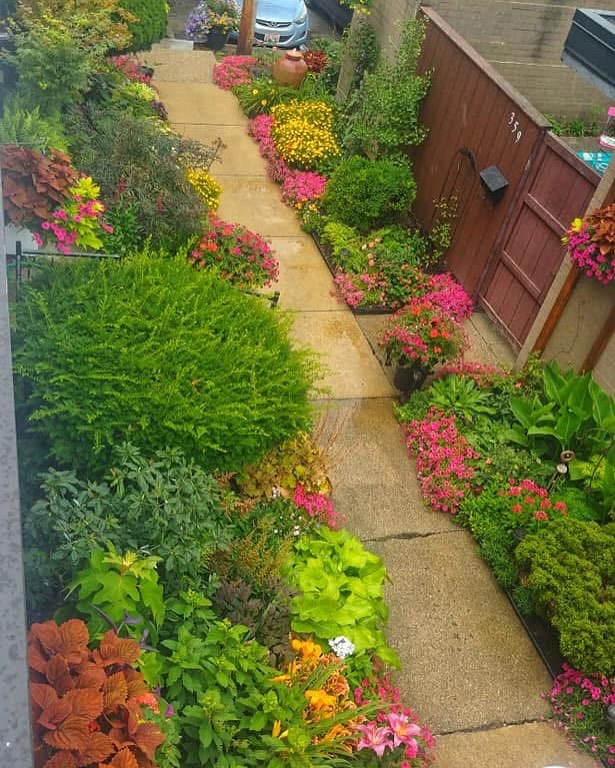
source @garden.evolution
While an apartment garden may be indoors, that doesn’t mean it’s immune to pests. Common houseplant bugs include fungus gnats, spider mites, and aphids, which can appear if plants are overwatered or placed in poor conditions. The best way to prevent infestations is through regular plant inspections, proper air circulation, and organic pest control solutions like neem oil or insecticidal soap. Keeping your plants healthy and stress-free reduces the likelihood of bug problems.
12. All Plants Need Direct Sunlight
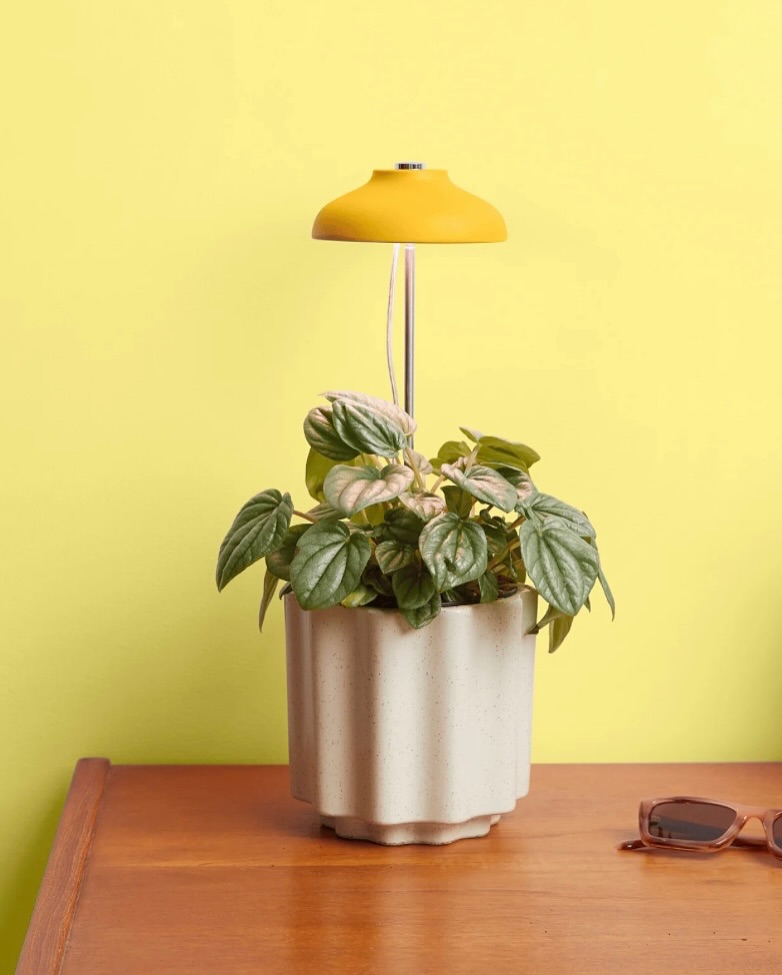
source @livinggiftsbendigo
Some people think all plants must sit in direct sun to survive, but many thrive in indirect or even low-light conditions. Snake plants, ZZ plants, pothos, and peace lilies are perfect for apartments with minimal sunlight. Understanding the light requirements of different plants helps ensure they receive the best care possible. If your apartment lacks bright light, consider using mirrors to reflect natural light or investing in a small grow light for plants that require extra brightness.
13. You Can Use Any Container for Growing Plants
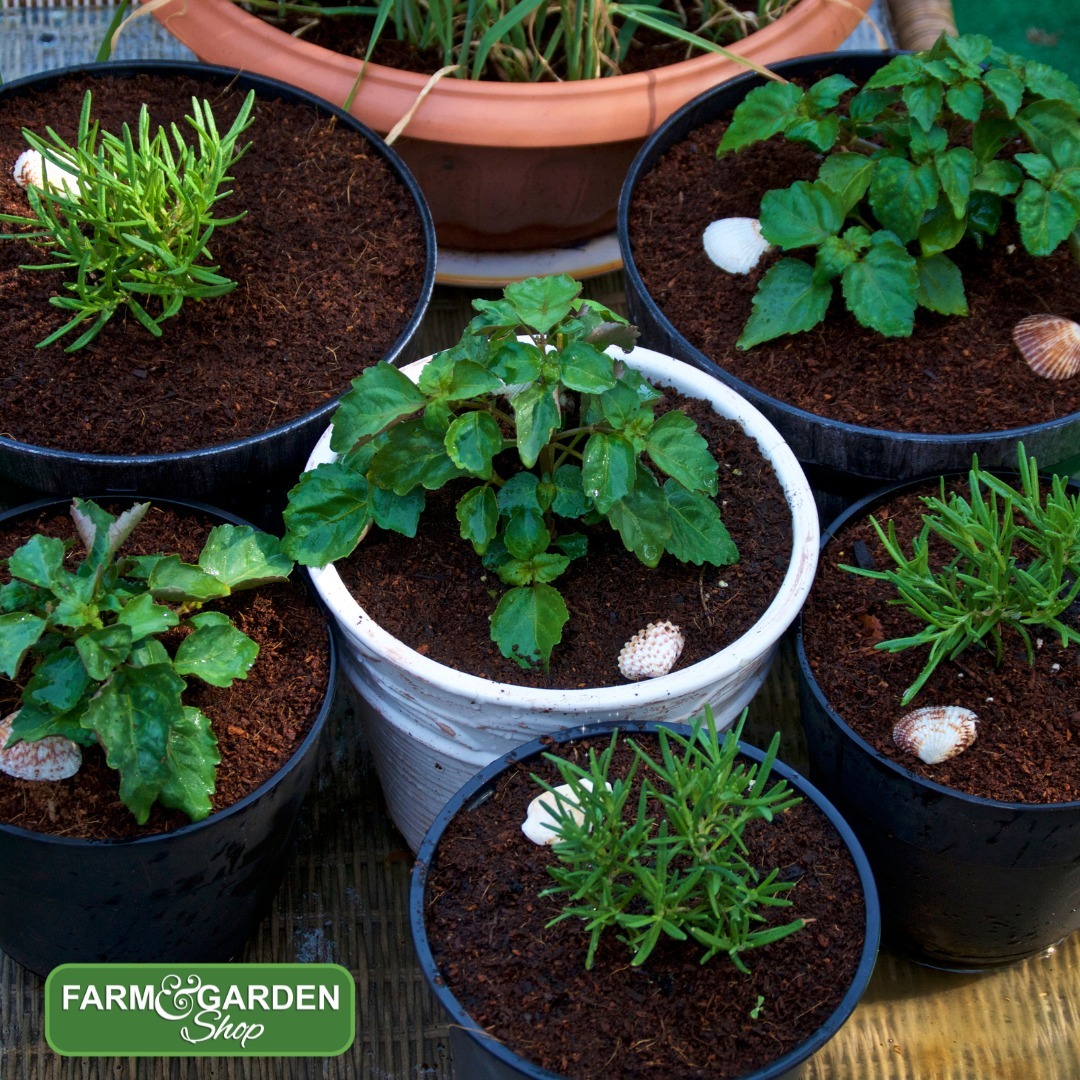
source @farmandgardenshopbb
Not all containers are created equal when it comes to apartment gardening. The biggest issue with many decorative pots is a lack of drainage holes, which can cause water to collect at the bottom, leading to root rot. If using a pot without drainage, make sure to add a layer of gravel or use a plastic insert with drainage holes. Fabric grow bags are also an excellent alternative, offering excellent aeration and preventing water from pooling.
14. All Plants Love Humidity
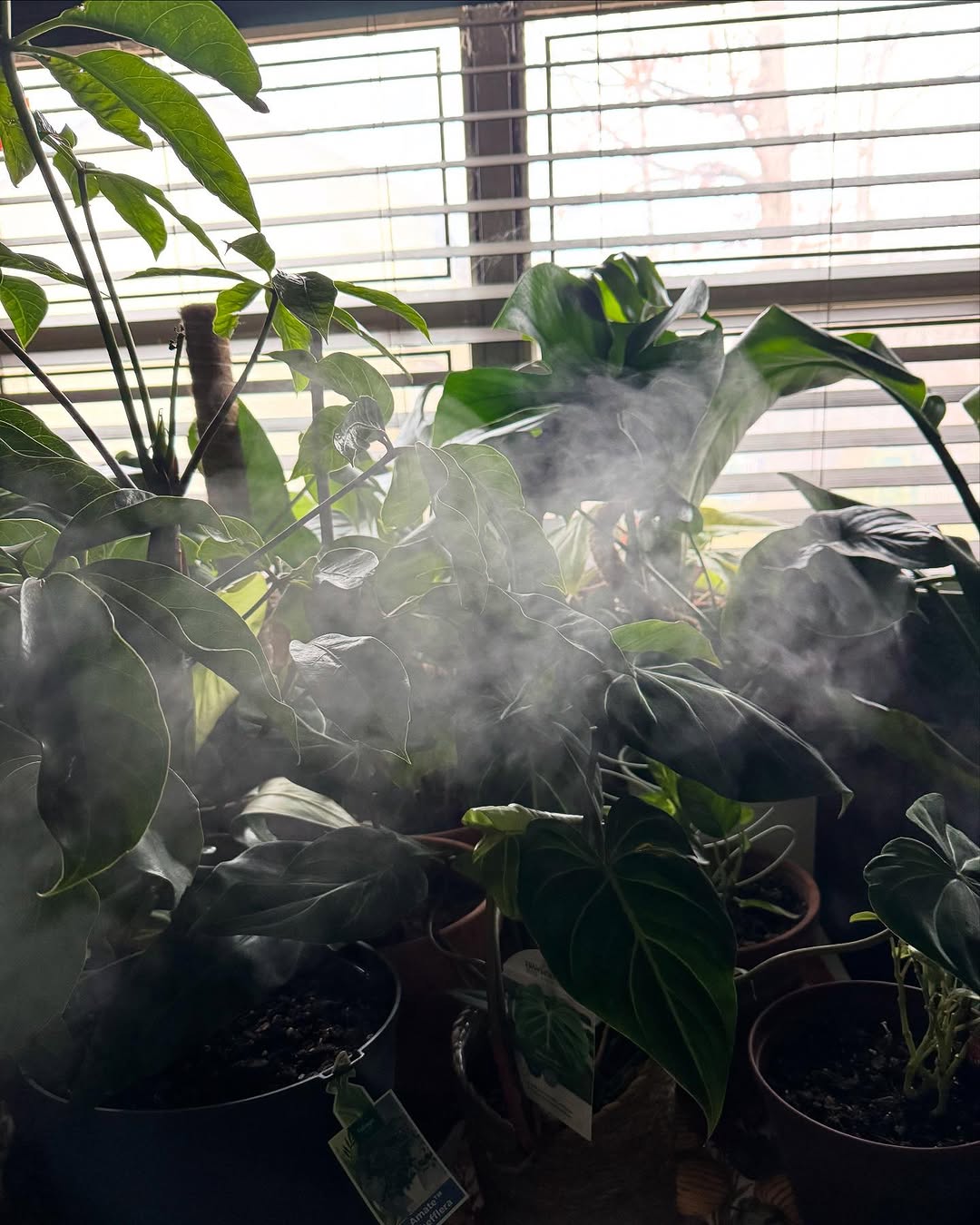
sourcr @waterandground_adventures
While tropical plants such as ferns, peace lilies, and orchids thrive in humid conditions, many houseplants, including succulents, cacti, and snake plants, prefer drier environments. Over-humidifying your space can lead to issues such as mold growth and root rot. It’s important to understand each plant’s unique needs regarding humidity levels. If you do live in a dry climate or have central heating, a humidifier or misting your plants occasionally can be helpful. On the flip side, if you live in a naturally humid environment, opting for plants that tolerate less moisture is key. Tailor your care to the specific plants you have to ensure they thrive without compromising their health.
15. Apartment Gardens Attract Too Many Pests
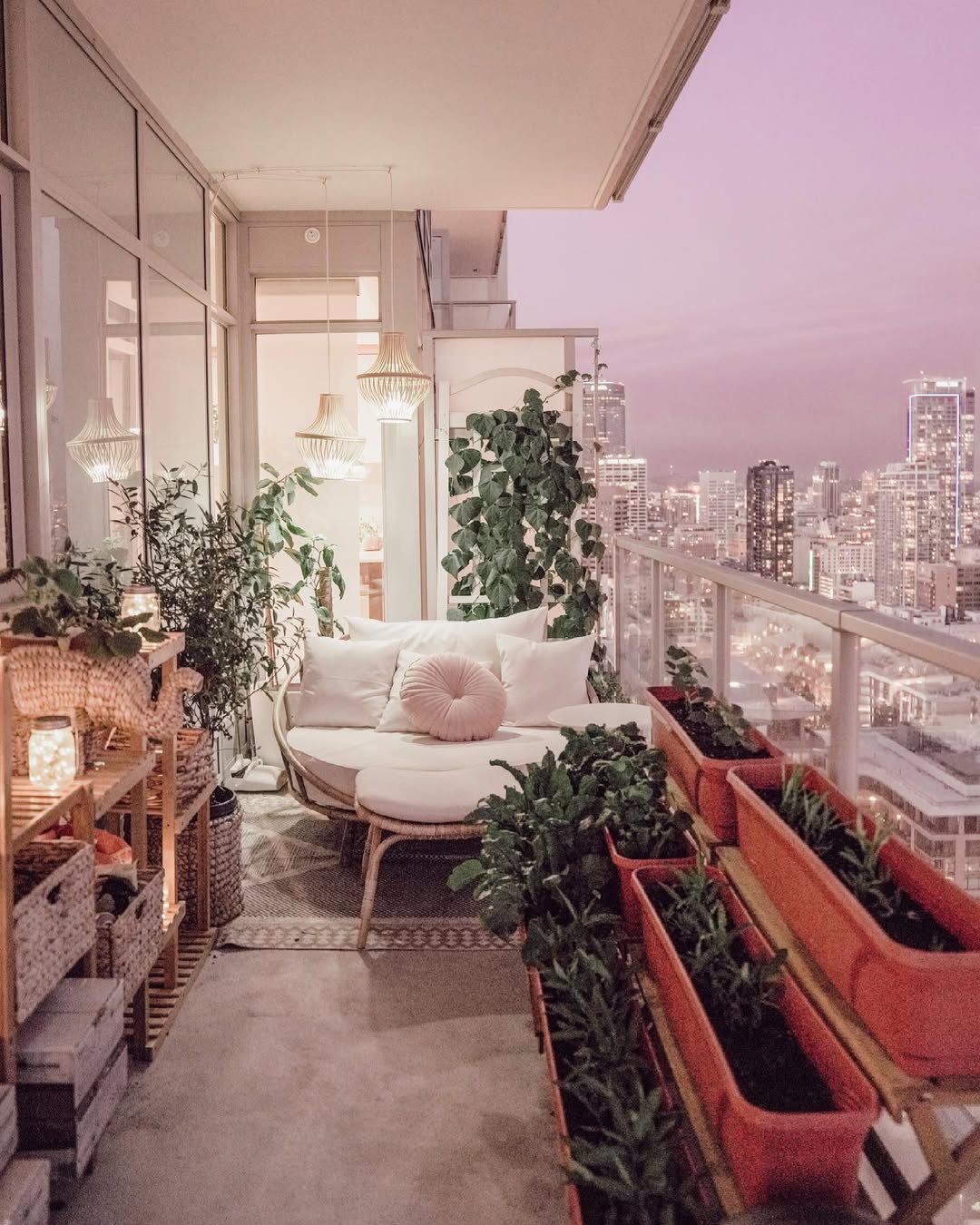
source @girlandtheword
Another common myth is that apartment gardens inevitably attract pests, but with proper care, pest problems can be avoided. A clean and well-maintained garden is far less likely to become a breeding ground for bugs. To reduce the risk, avoid overwatering plants, as stagnant water in soil is a common pest attractant. Keep your indoor plants well-spaced to encourage proper air circulation, which helps prevent fungal and pest issues. Additionally, inspect plants regularly for any signs of pests like discolored leaves or webs, and take action as needed with organic treatments like neem oil. An indoor garden, when properly managed, doesn’t need to be a hotspot for pests.
16. You Can’t Grow a Fruit Tree in an Apartment
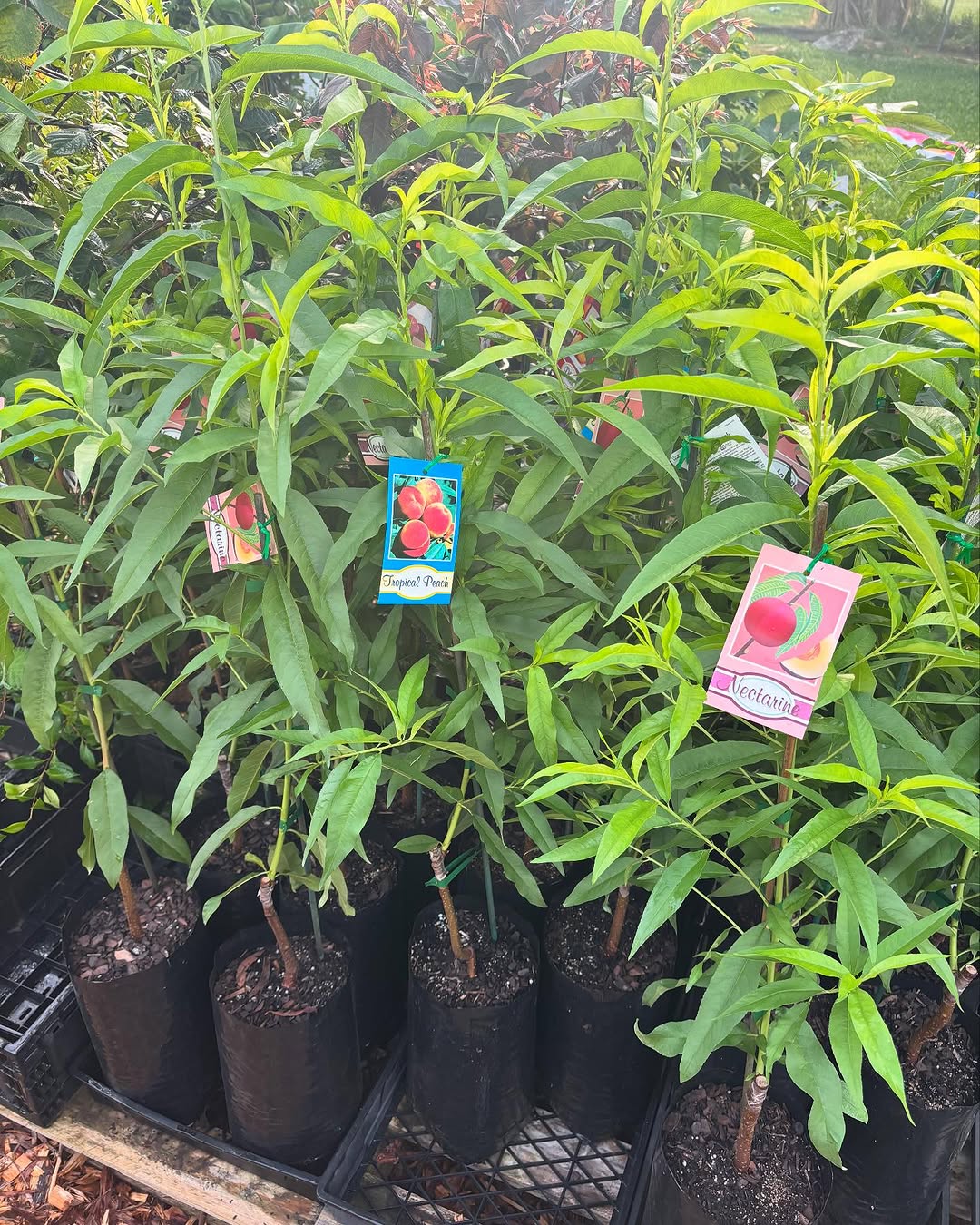
source @fruit_tree_fella
If you’ve ever dreamed of growing a fruit tree but thought it was impossible in an apartment, think again! Dwarf fruit trees, such as Meyer lemons, figs, and even small apple trees, can thrive in pots and containers, making them ideal for indoor spaces. These compact trees can be grown indoors if they receive enough sunlight, typically around 8-10 hours of bright, indirect light daily. Additionally, you’ll need to prune them regularly to keep them in shape and encourage fruit production. With the right care, you can enjoy homegrown fruit in your very own apartment. Invest in a quality pot with good drainage to give your fruit tree the best chance at success.
17. Vertical Gardens Are Hard to Maintain
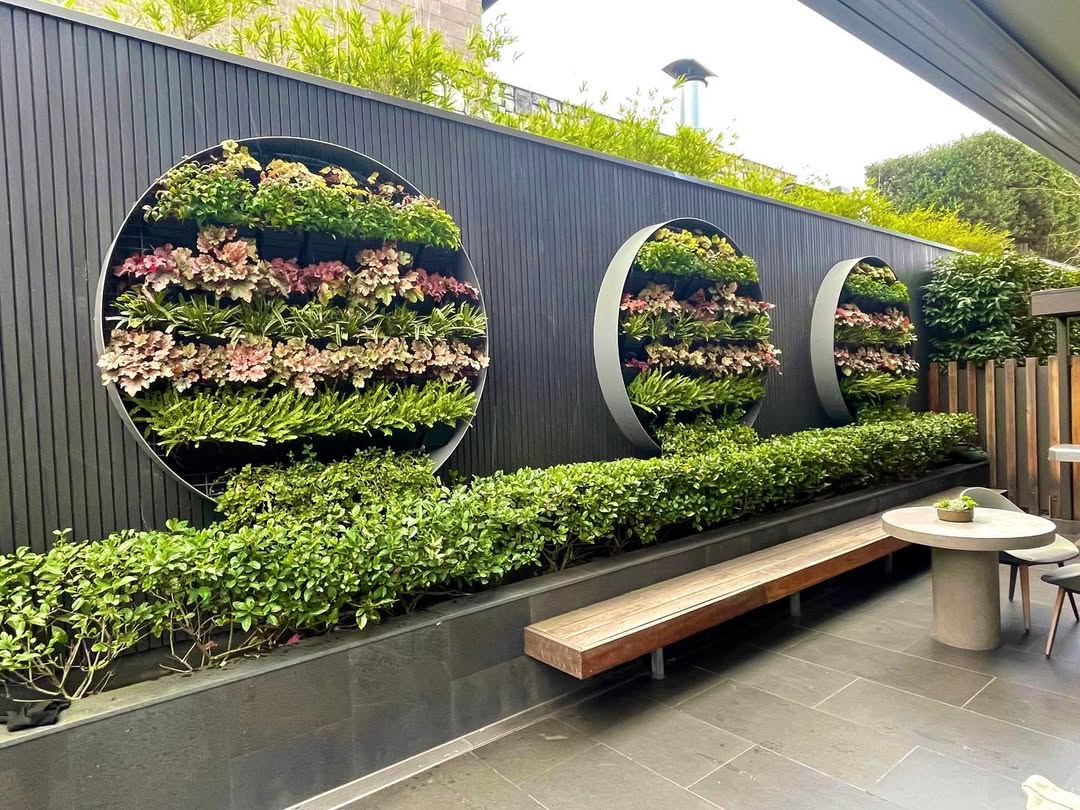
source @verticalgardensaustralia
Vertical gardens are often perceived as high-maintenance or complicated, but they can actually be quite easy to manage with the right setup. These gardens are ideal for apartment dwellers looking to maximize space. Wall-mounted planters, vertical garden towers, and hanging planters are simple to install and can house a variety of plants. Modern options often come with self-watering features, making it easier to care for them. Additionally, these systems often provide better air circulation and prevent plants from becoming overcrowded, which reduces the risk of pests and diseases. Whether you’re growing herbs, flowers, or small vegetables, vertical gardening is a convenient and aesthetically pleasing solution.
18. You Can’t Have a Beautiful Garden in a Small Space
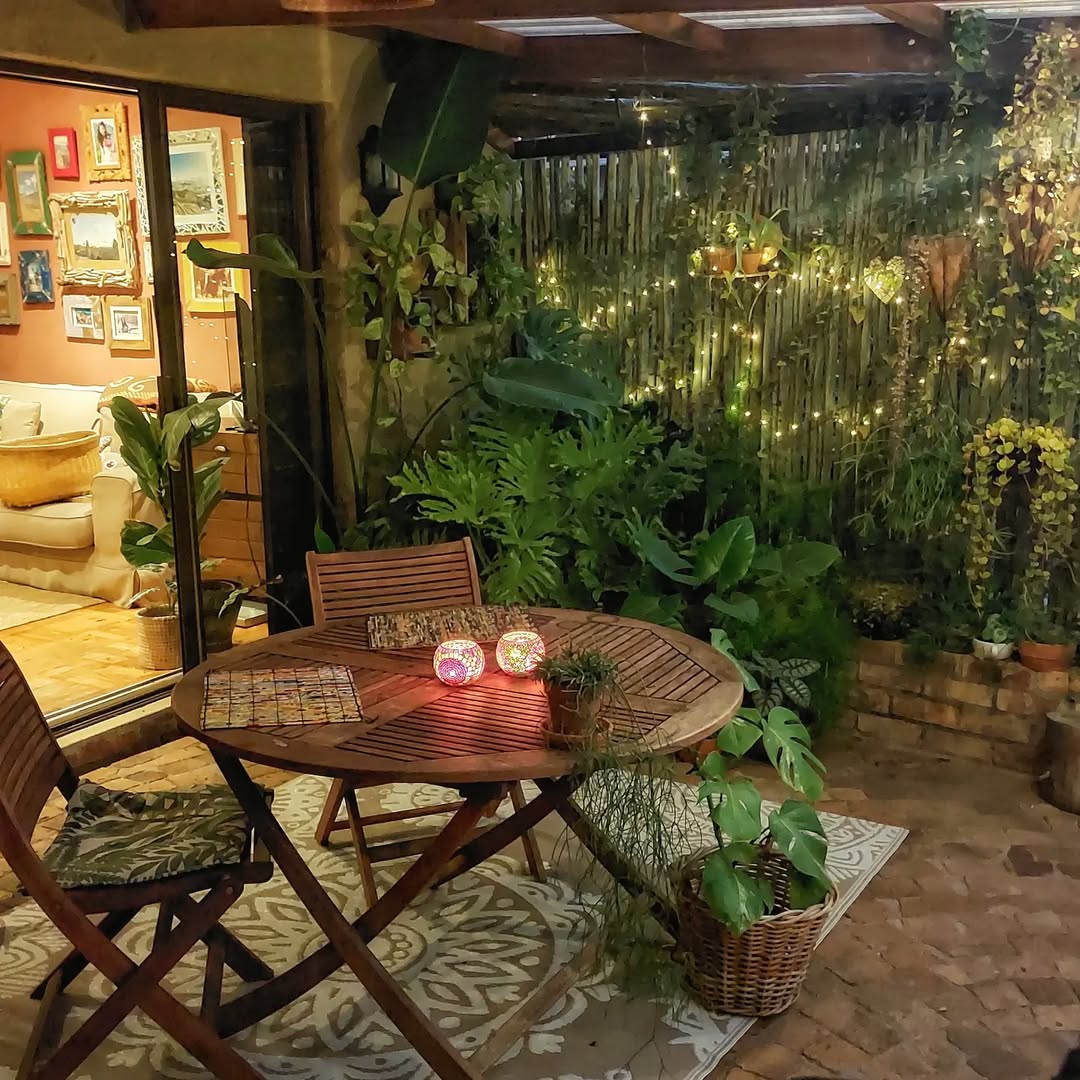
source @smallspacegardens
Many apartment dwellers believe that small spaces limit their ability to have a beautiful garden, but this is far from the truth. With a little creativity, even the tiniest apartments can feature lush greenery. By using multi-level plant stands, wall-mounted shelves, or hanging planters, you can maximize every inch of space. You can also incorporate plants that grow vertically, such as trailing vines like pothos or ivy, to add a sense of height without taking up floor space. Strategically arranging plants in small containers or using decorative plant pots adds a personal touch and enhances your home’s decor. Transforming your apartment into a mini oasis is entirely possible, no matter how limited your space.
19. Plants Don’t Need Pruning Indoors
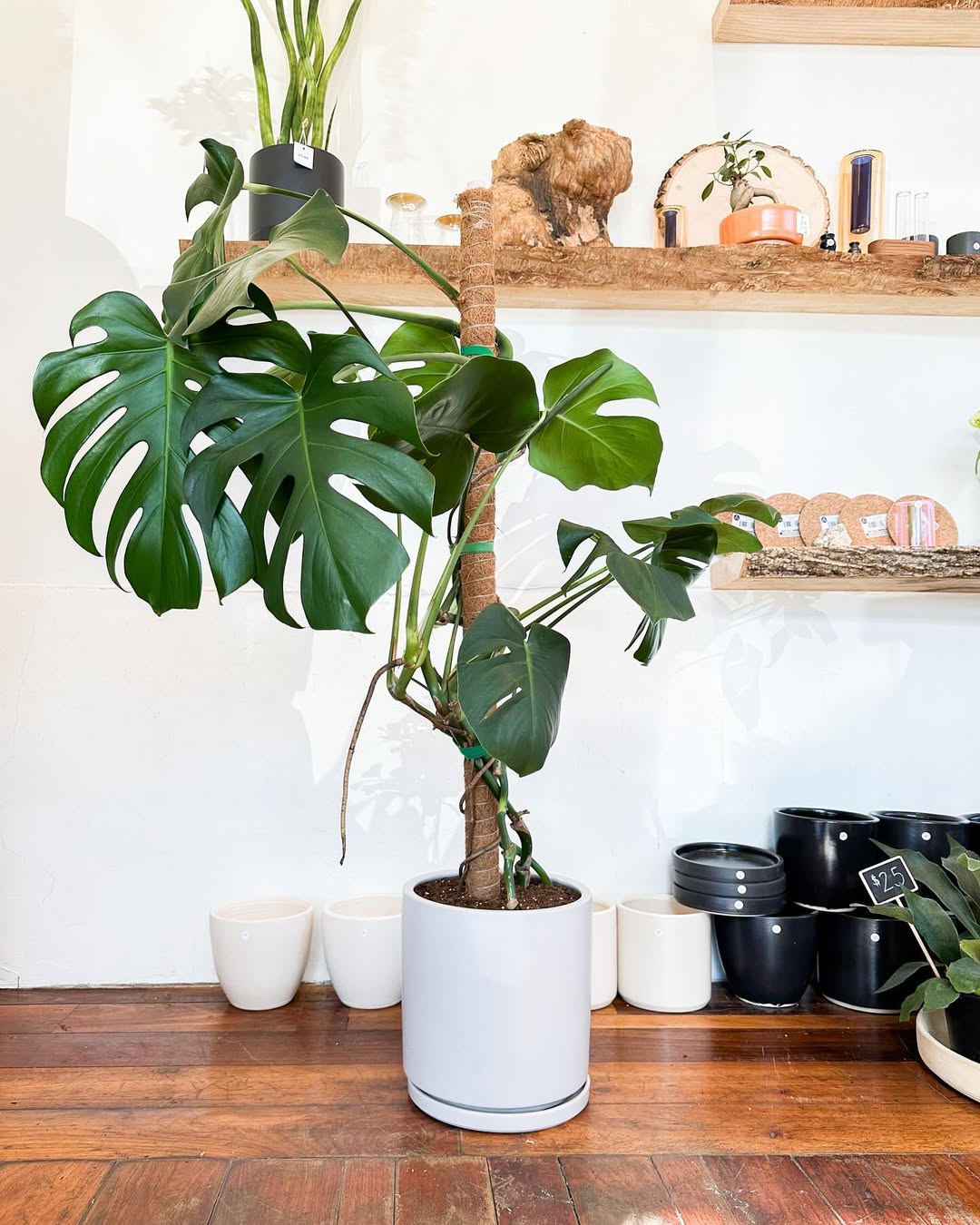
source @stump_bellavista
Some people believe that indoor plants don’t need pruning, but this is far from the truth. Pruning is essential for maintaining a plant’s shape and ensuring it grows healthily. Regularly removing dead or yellowing leaves helps prevent the spread of disease, and trimming leggy stems encourages new growth. Some plants, like succulents and herbs, benefit from periodic pruning to encourage a bushier, more compact shape. Pruning also allows you to control the size of your plants, especially if space is limited. Remember, pruning doesn’t have to be drastic—removing just a few leaves or stems here and there can make a big difference.
20. DIY Planters Always Work Well
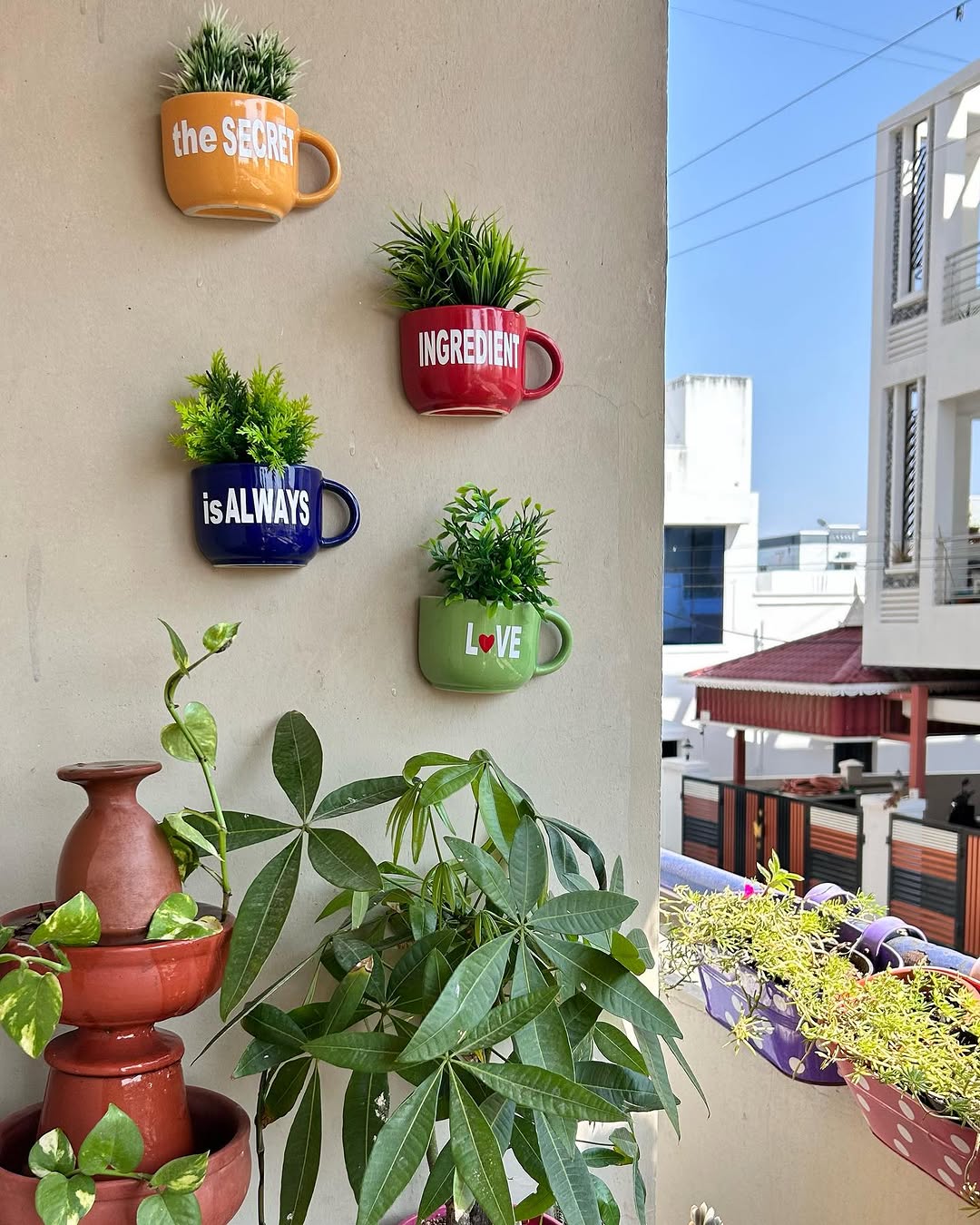
source @aspiringartworks
While DIY planters are a fun and creative way to personalize your apartment garden, they don’t always provide the ideal growing conditions for your plants. For example, many DIY containers lack drainage holes, which can result in waterlogging and root rot. To remedy this, make sure your homemade planters have proper drainage. You can drill holes in containers or add a layer of pebbles at the bottom to improve drainage. Also, consider the size of the container—plants need enough space for their roots to grow, so choose a container that’s appropriately sized. If your DIY planters are well-designed with plant health in mind, they can work wonderfully as part of your indoor garden.
21. Apartment Gardening is Too Expensive
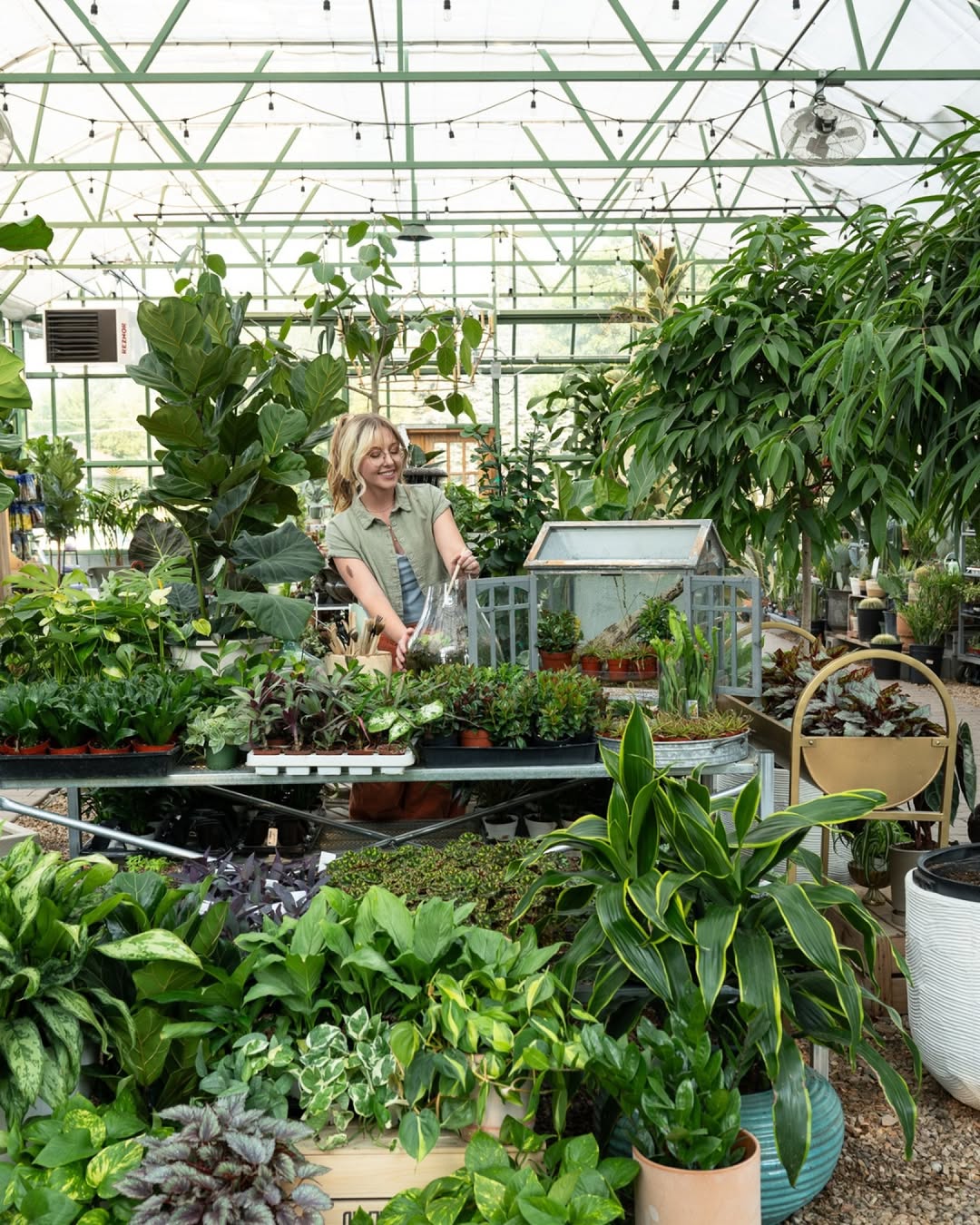
source @tsgparkcity
Starting an indoor garden in an apartment doesn’t have to be an expensive endeavor. While it’s easy to get caught up in the idea of buying high-end planters and fancy gardening tools, there are plenty of affordable options. For example, many plants can be propagated from cuttings, meaning you can grow new plants without purchasing them. You can also repurpose containers like jars, tins, or old cups as planters, saving money on pots. When it comes to gardening tools, you don’t need an extensive collection—basic items like a watering can, pruning shears, and a good-quality potting mix are often all you need. Additionally, many plants are quite low-maintenance and don’t require frequent fertilization or special care, making indoor gardening more budget-friendly than most people realize.

